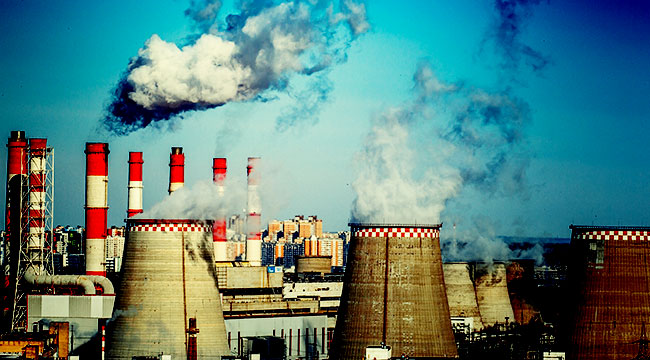
If you want to detect a possible nuclear accident, you look for ruthenium-106. This nuclide only appears from splitting atoms and doesn’t occur naturally. So, finding a lot of it in the air is usually a hint that something very bad has happened somewhere. And French authorities are pretty sure something very bad has happened in Russia.
The Guardian reports that IRSN, the French nuclear safety authority, has detected a “radioactive cloud” over Europe. The good news is that, for France, the increased amount of ruthenium-106 is harmless. It will have no effect on crops or people. It also is definitely not from a nuclear weapon being deployed, tested, or built. But it does raise the question of where, exactly, all this came from, as there have been no reported nuclear accidents. It’s especially concerning because the concentration, while harmless in Europe, would be enormously dangerous at the site of the accident:
IRSN estimates a significant quantity of ruthenium-106 was released, between 100 and 300 terabecquerels, and that if an accident of this magnitude had happened in France it would have required the evacuation or sheltering of people in a radius of several kilometres around the accident site. The ruthenium-106 was probably released in a nuclear fuel treatment site or centre for radioactive medicine, Peres said. Because of its short half-life of about a year, ruthenium-106 is used in nuclear medicine – for example in cancer therapy for eye tumours – but can also be released when nuclear fuel is reprocessed.
An analysis of weather patterns indicates that the highest probability is that there’s been a major incident somewhere in Russia or Kazakhstan. Russian authorities have stated there was no incident on Russian soil, but The Guardian was unable to reach any Kazakh authorities on the issue.
If all this sounds familiar, you might be remembering what happened during the Chernobyl disaster, which had its thirtieth anniversary last year. During that disaster, an explosion and fire destroyed the roof of a building and dumped a staggering amount of nuclear material into the atmosphere. The Soviet authorities at the time denied any incident had happened until multiple countries began reporting signs of the disaster and forced authorities to admit the exact scale of the problem.
Of course, it’s a bit premature to go to conspiracy theories just yet; the Kazakh authorities, for example, likely have more pressing issues if a Chernobyl-scale incident is unfolding in their borders than confirming the incident with a reporter. But that would also indicate there’s more to this story, and it may be much more dire, than we’ve yet heard.
(Via The Guardian)
